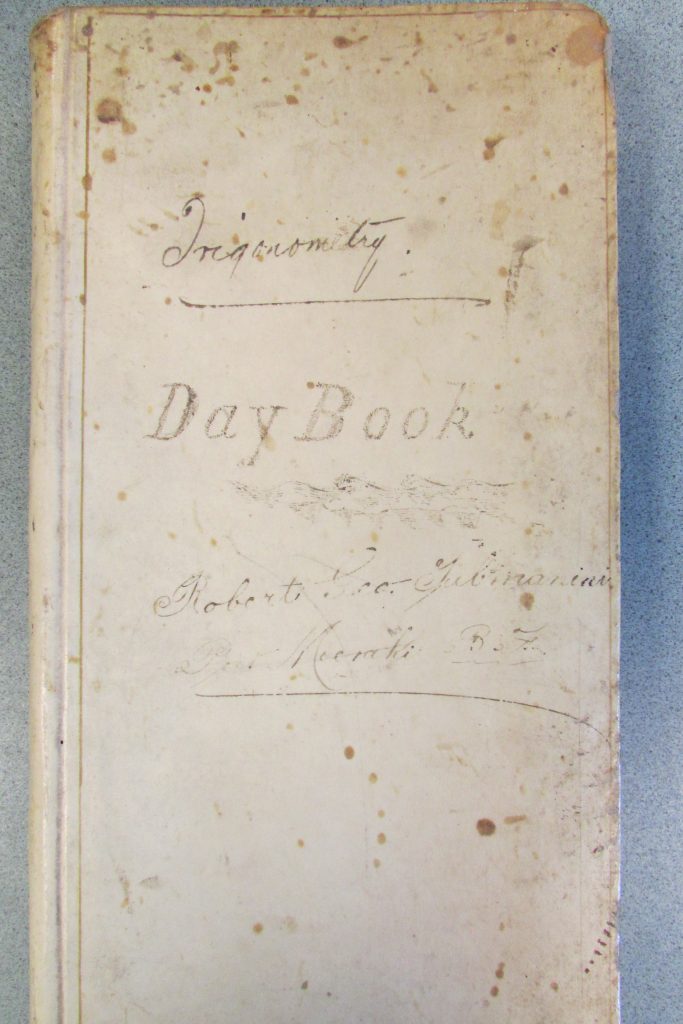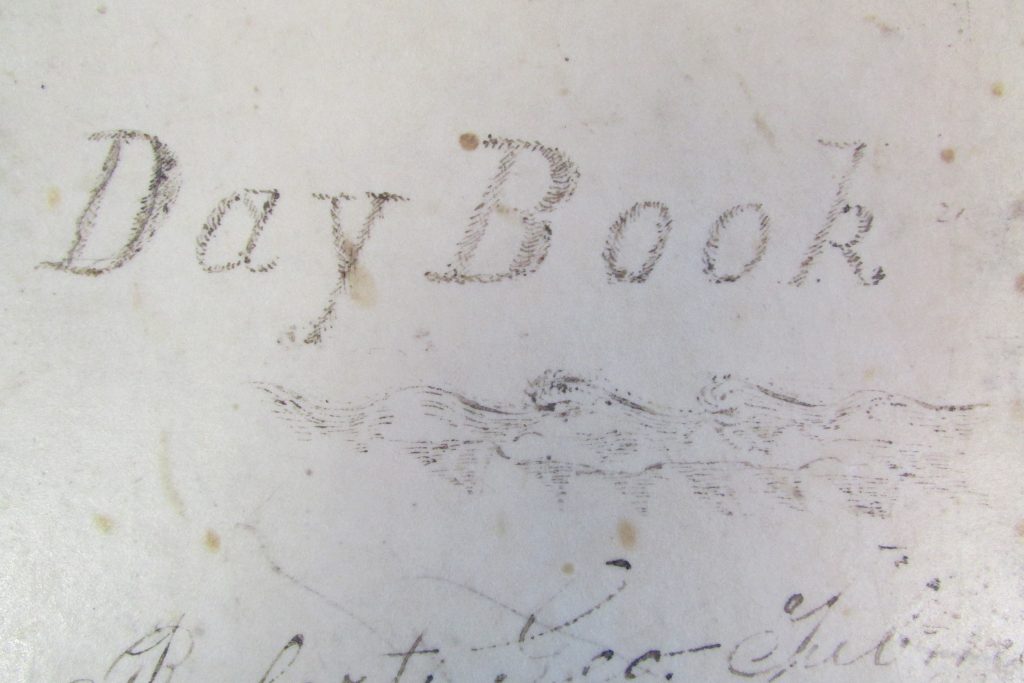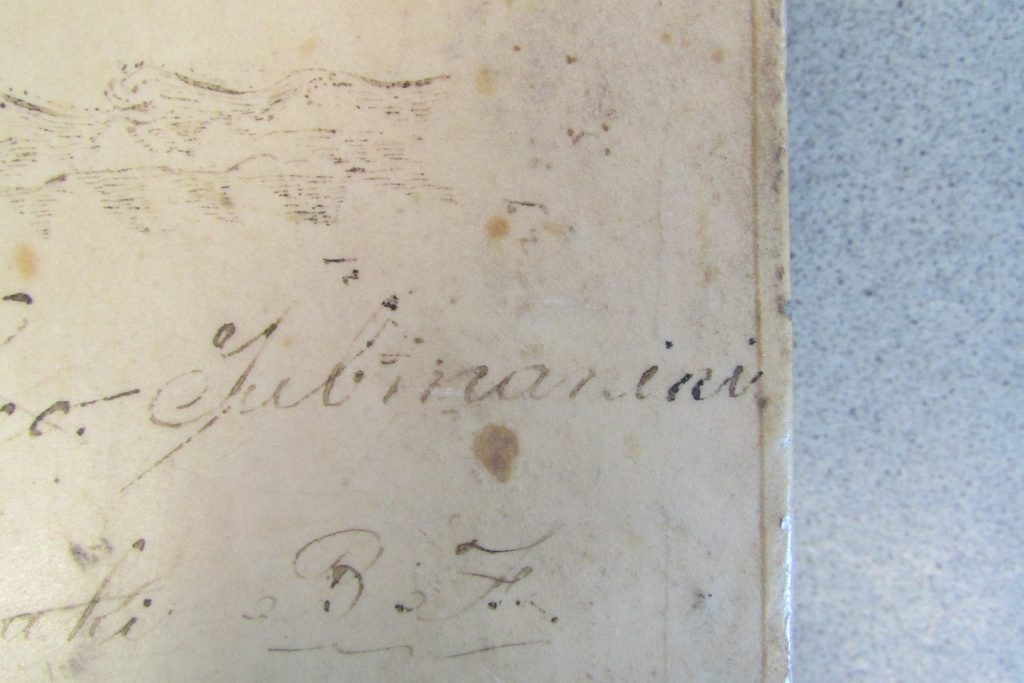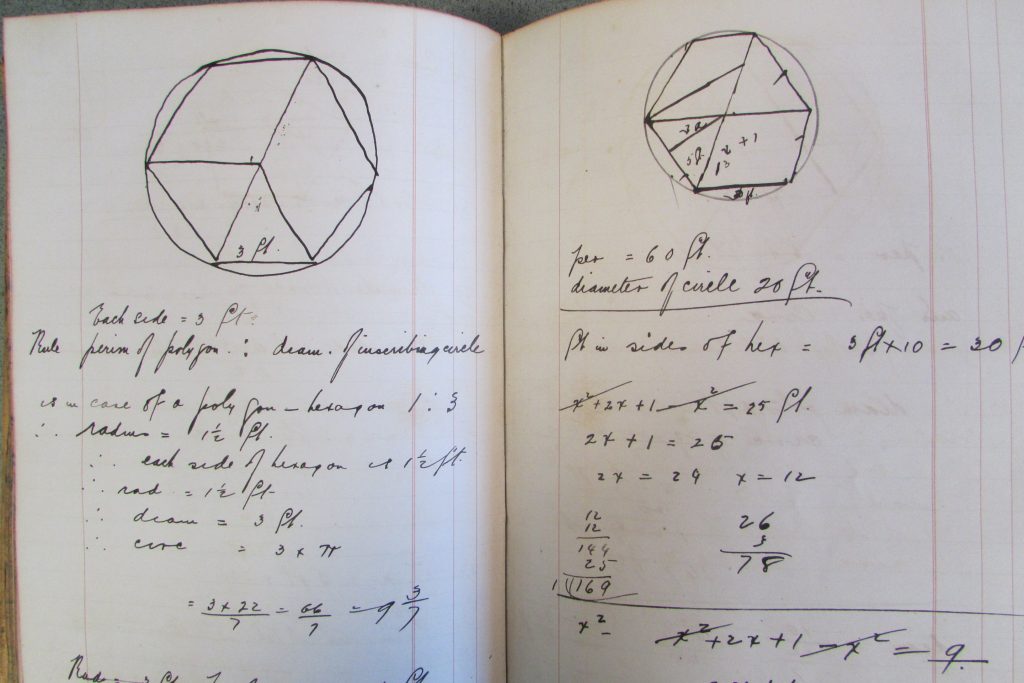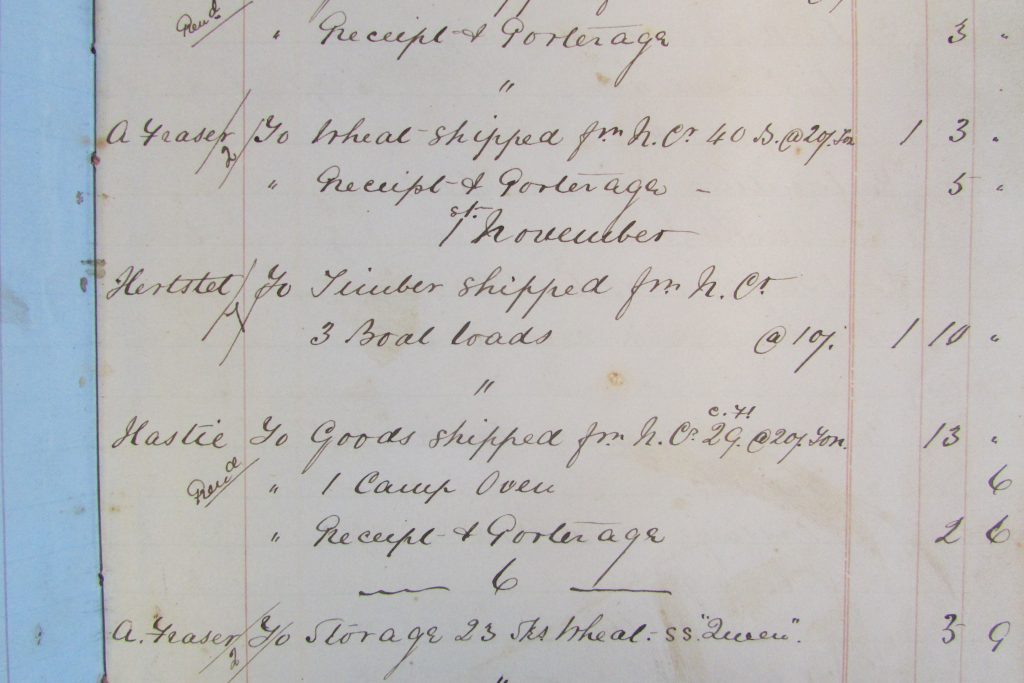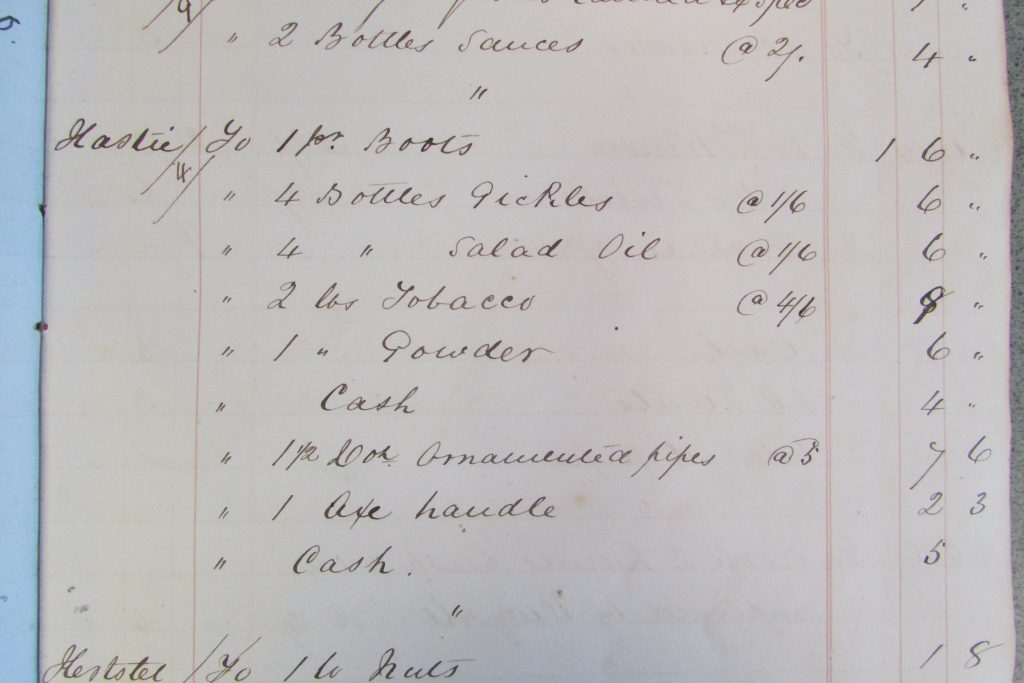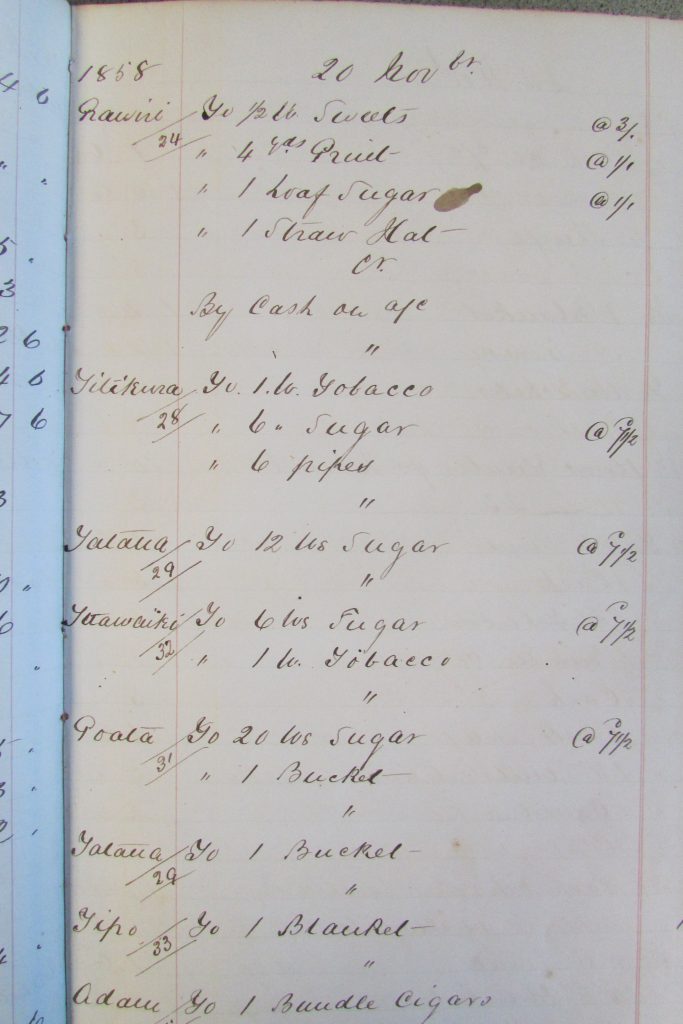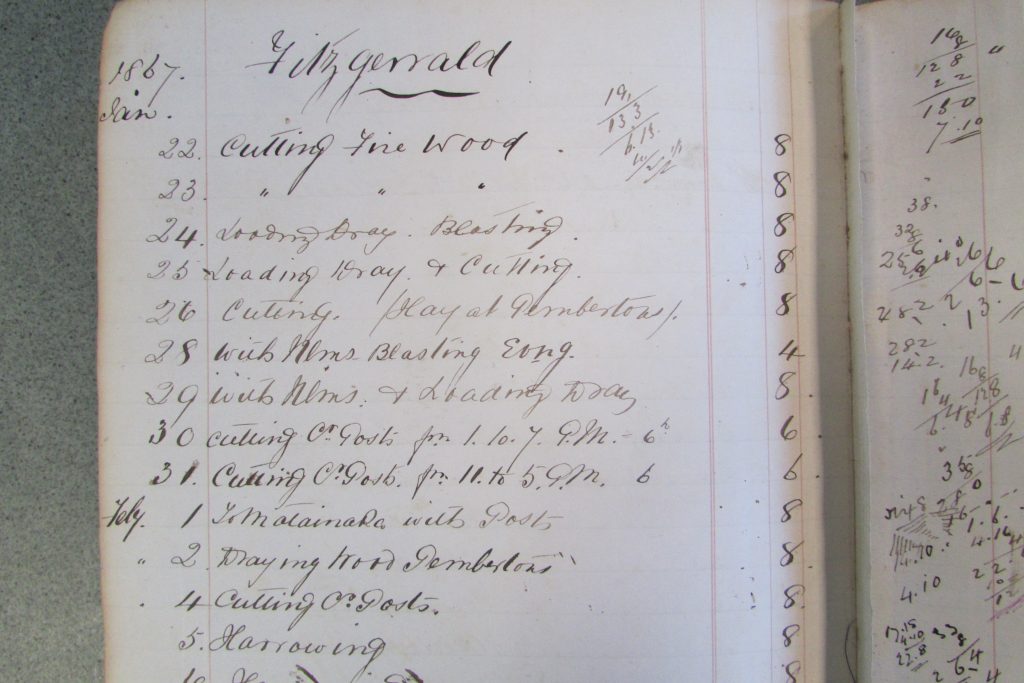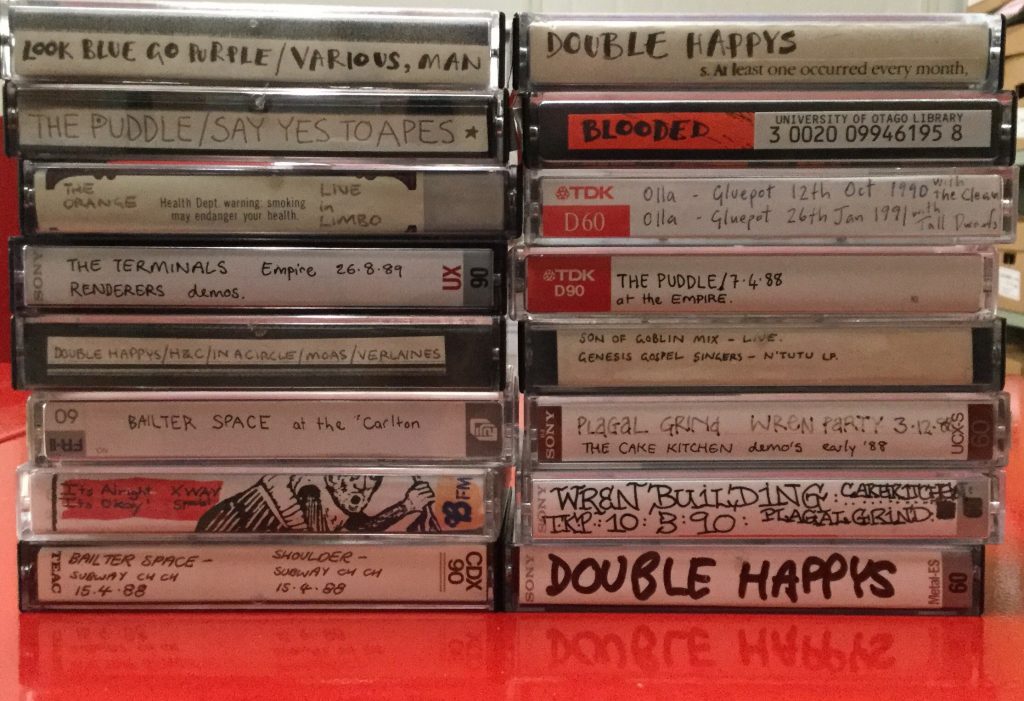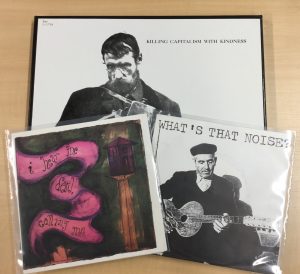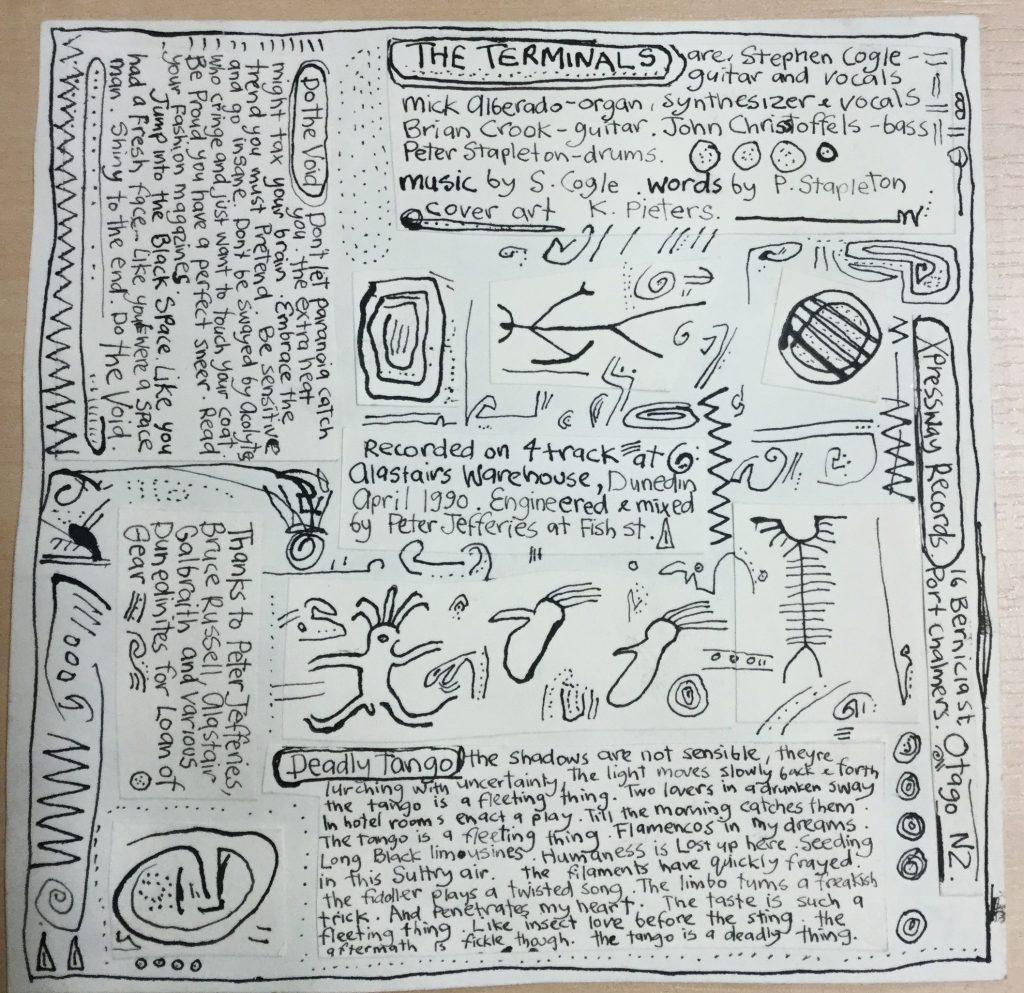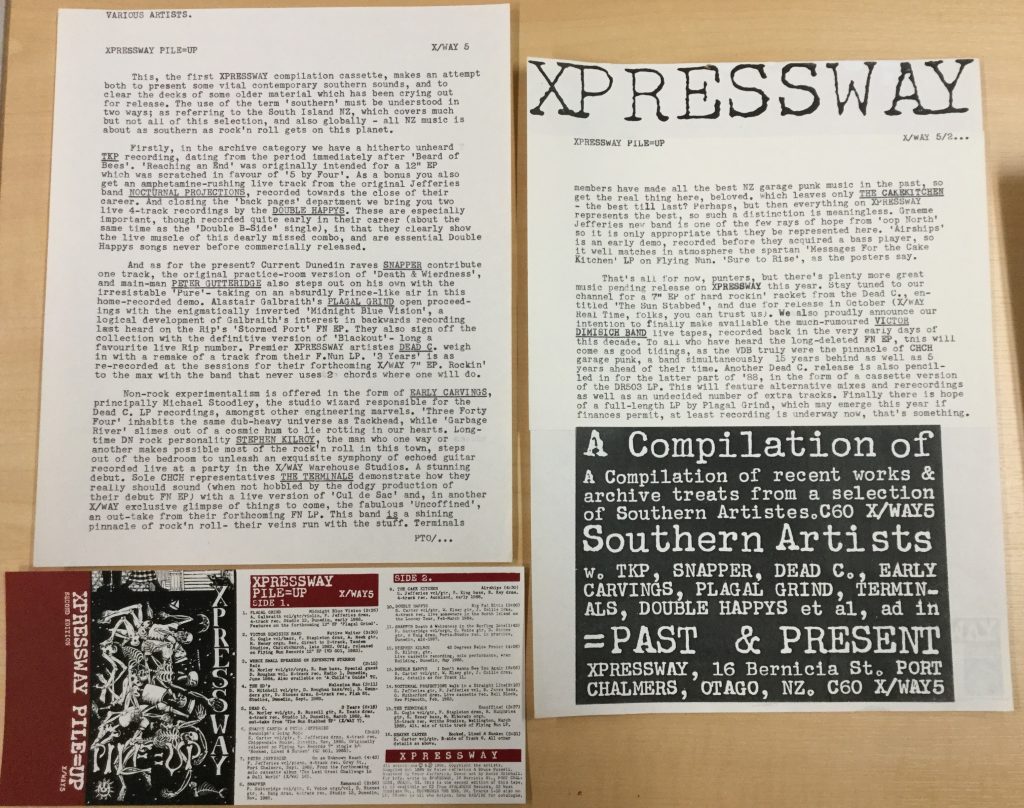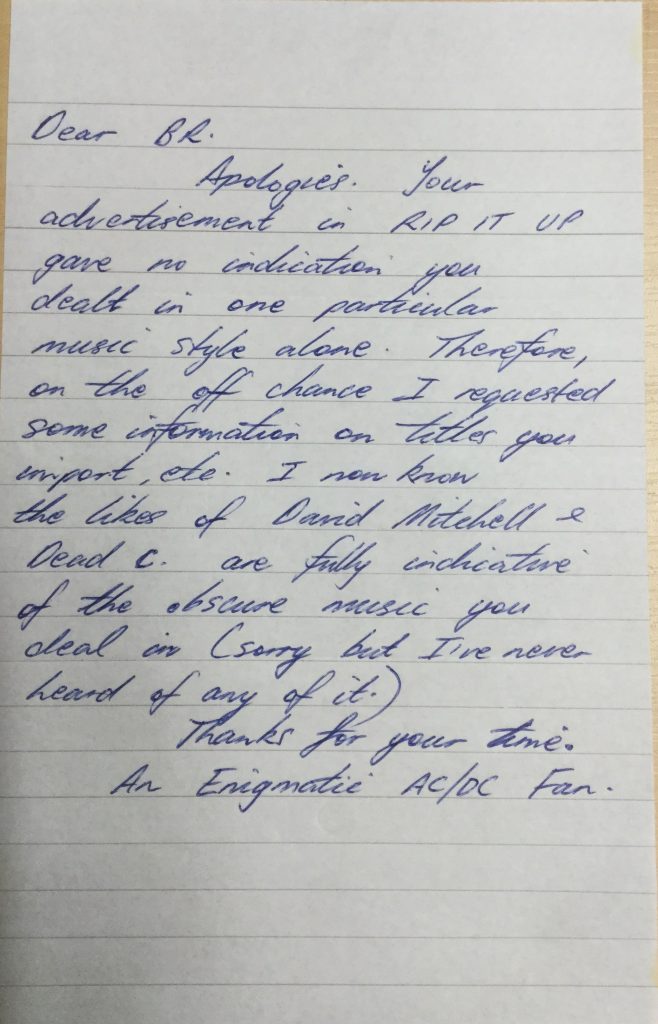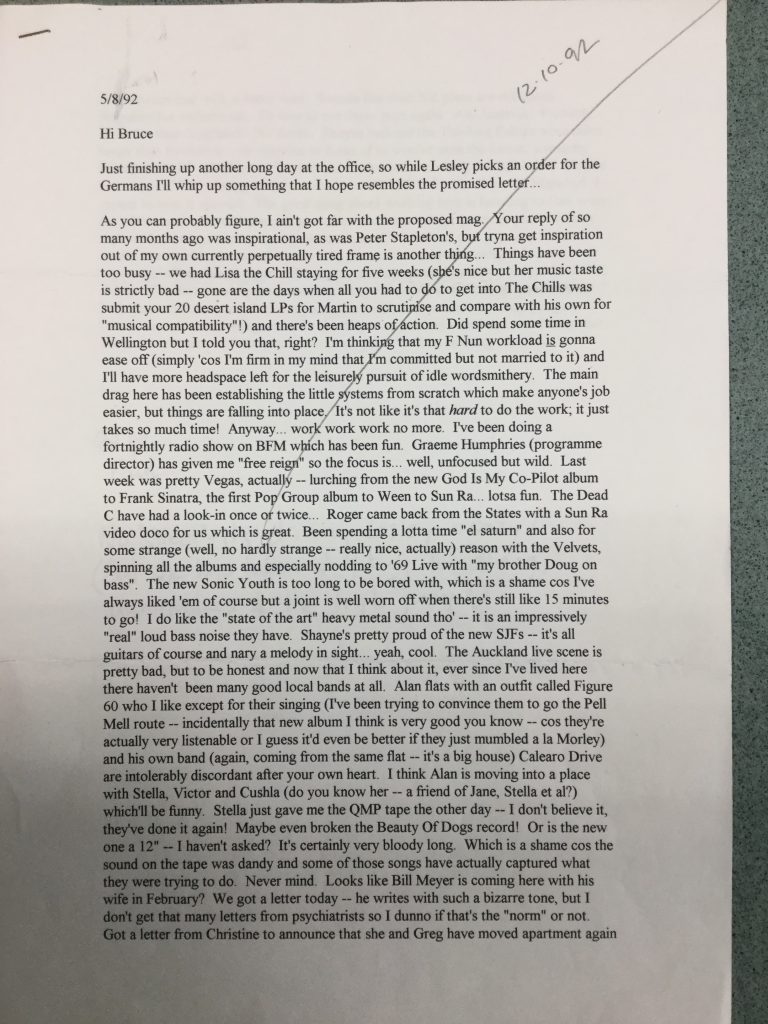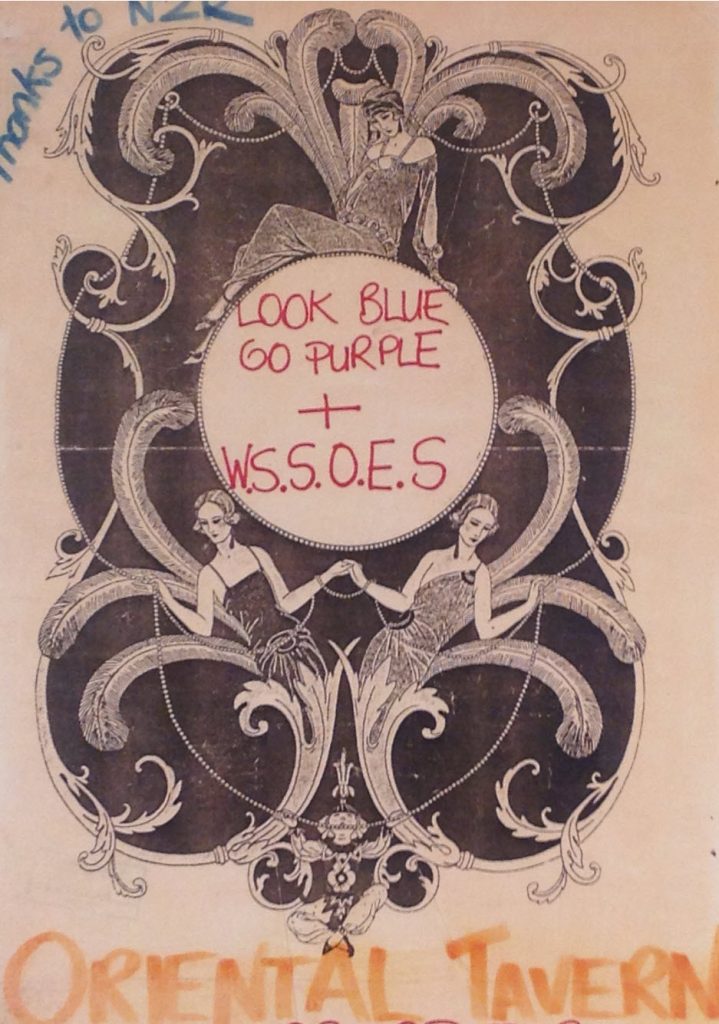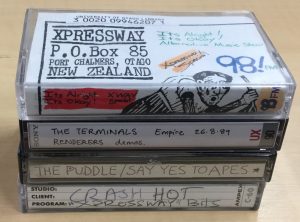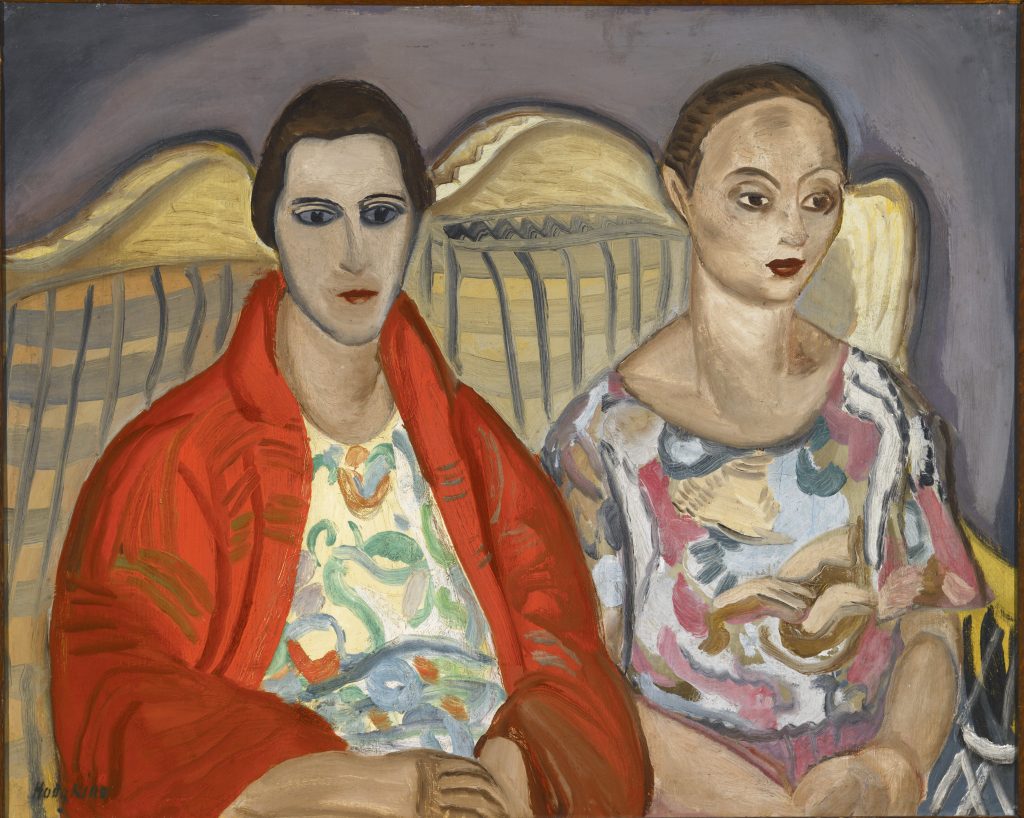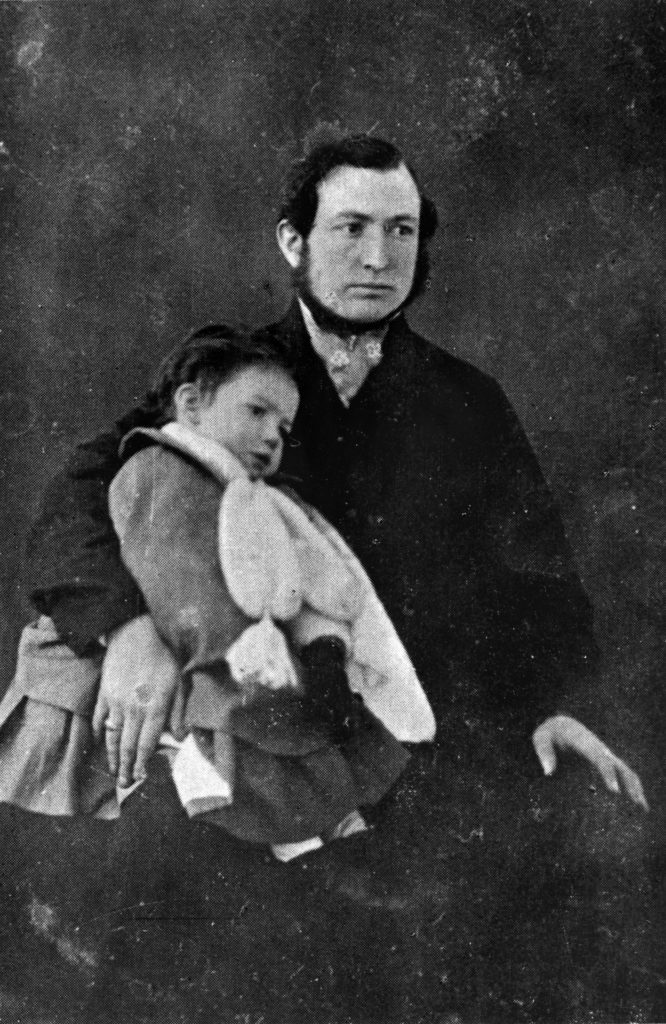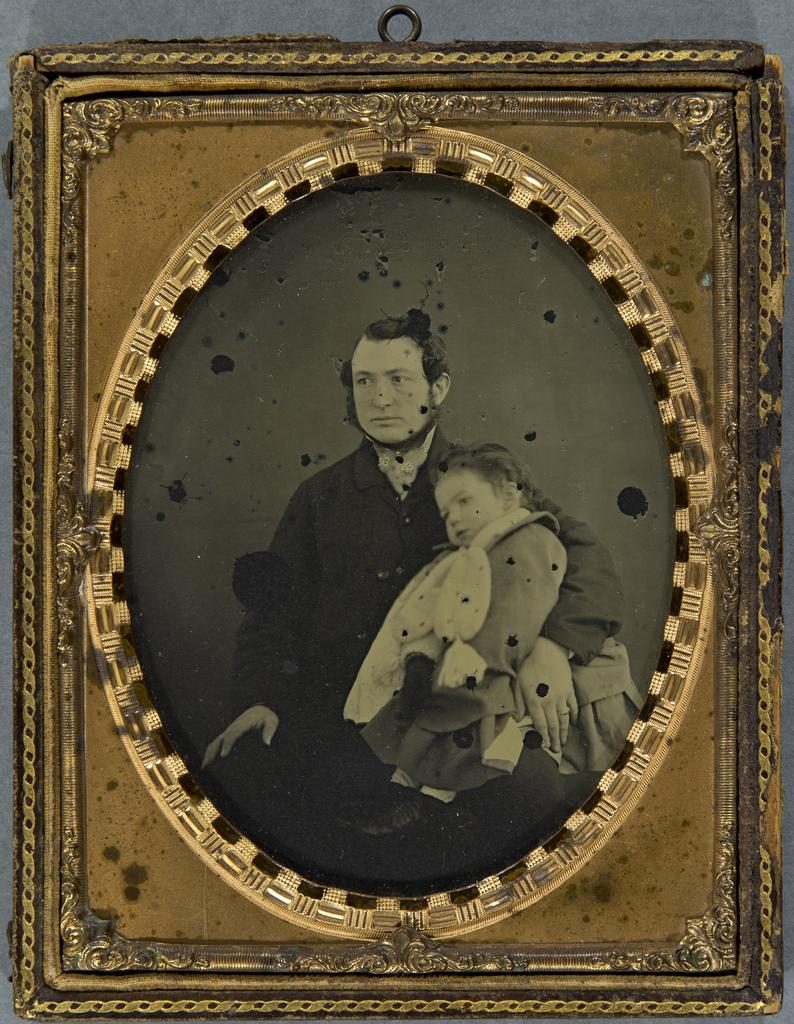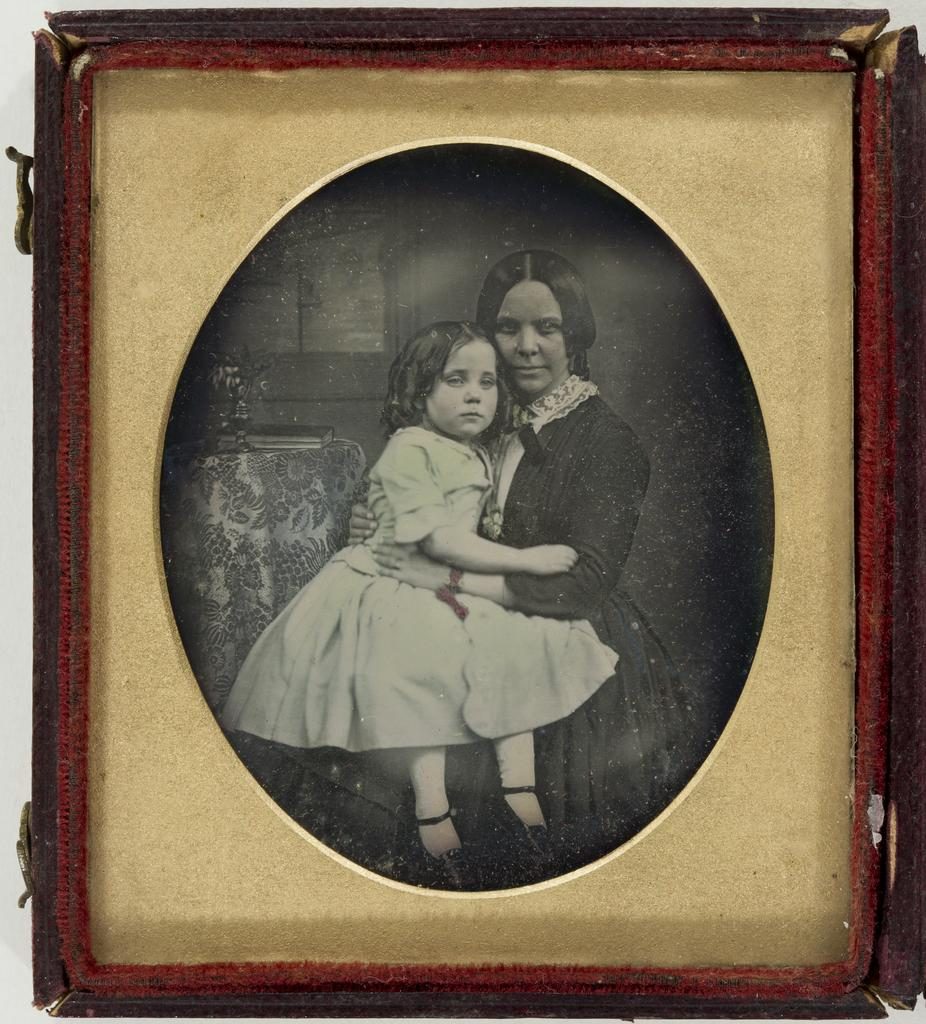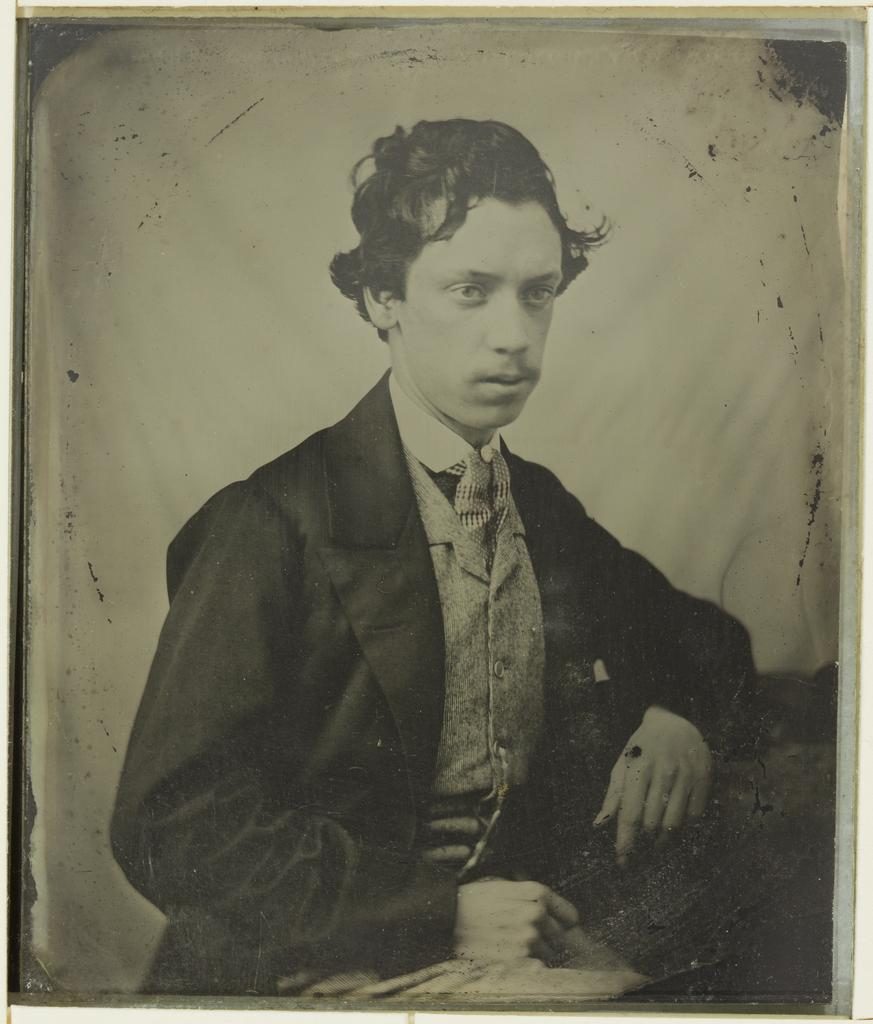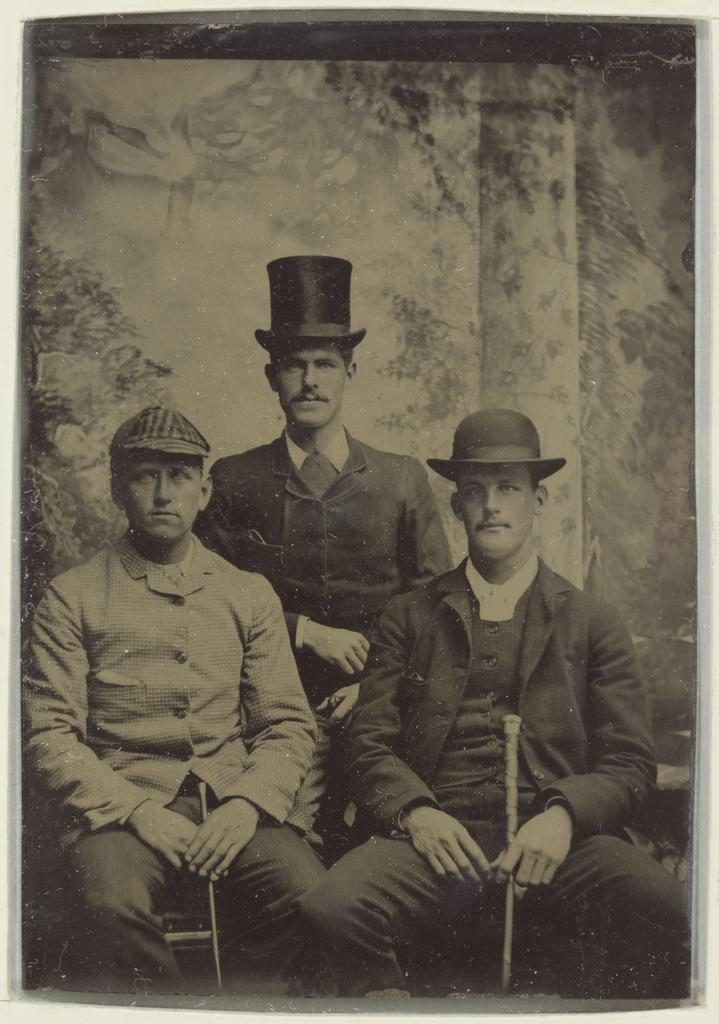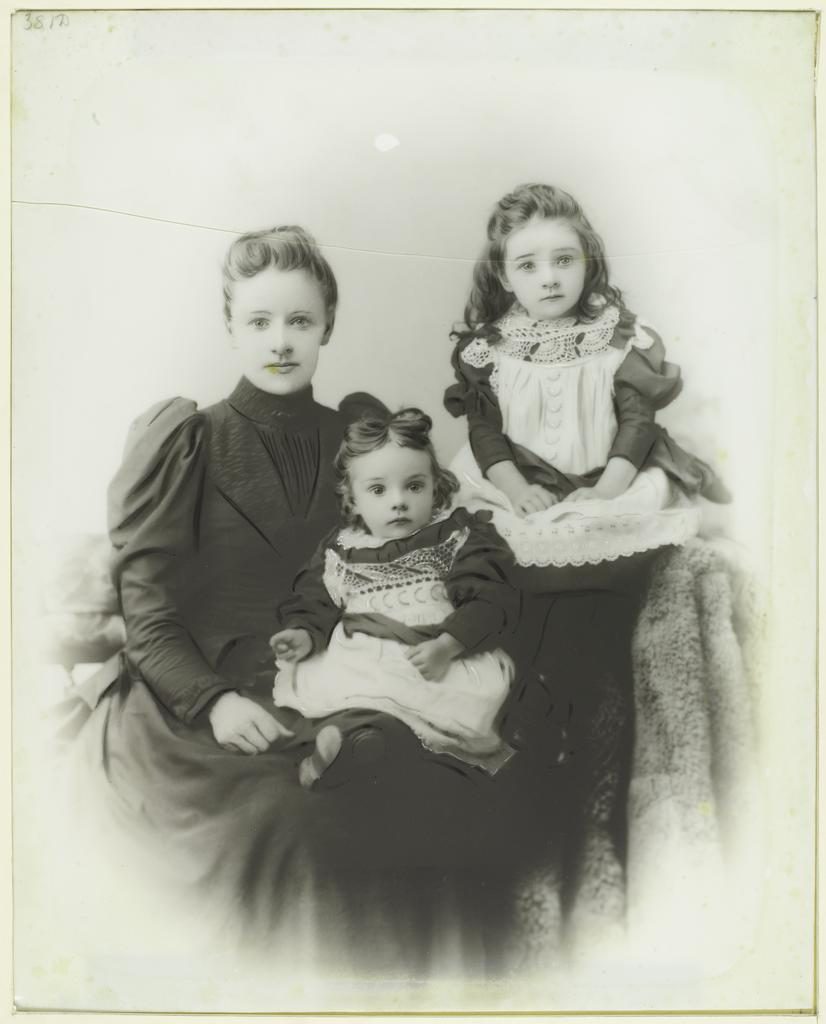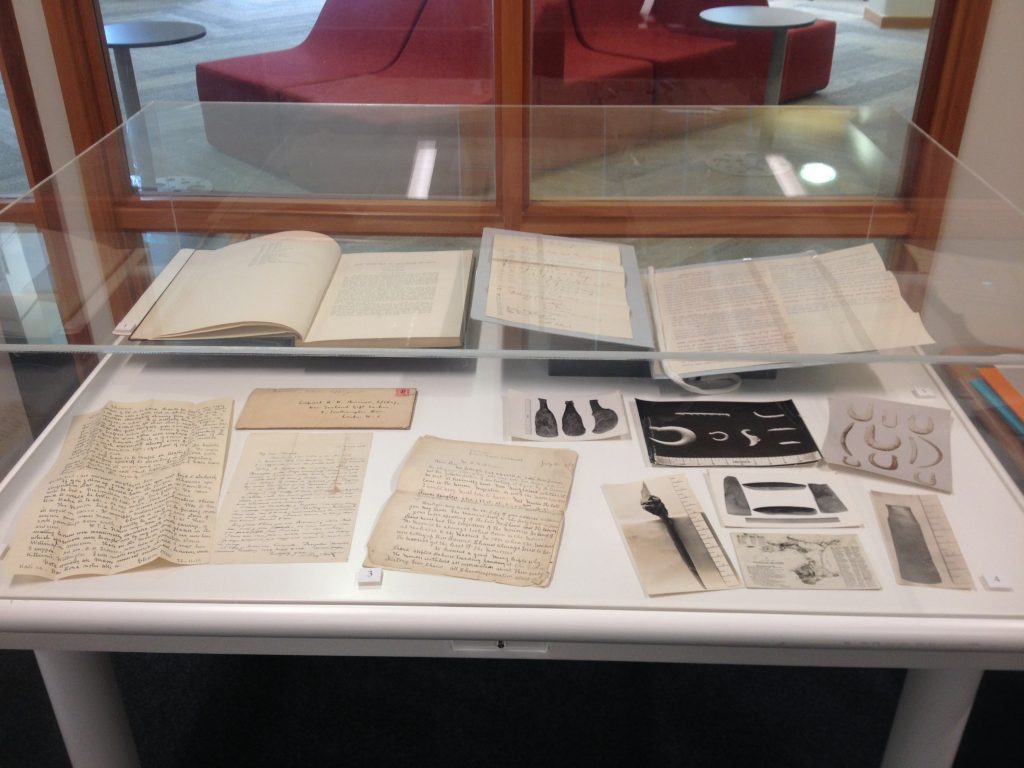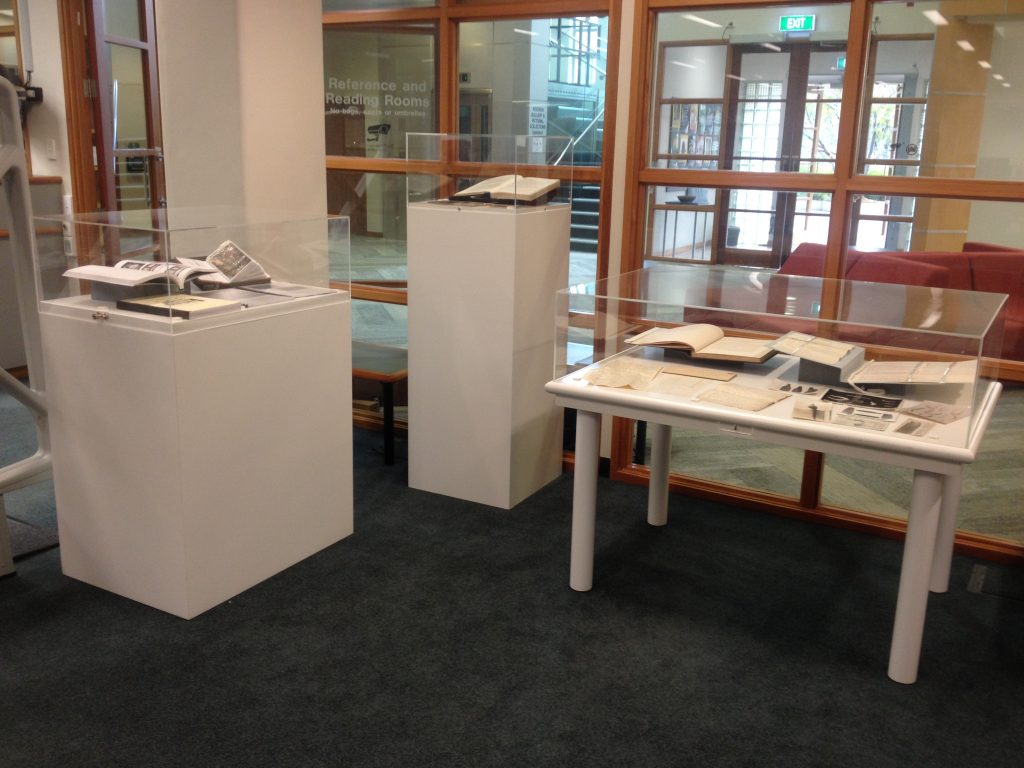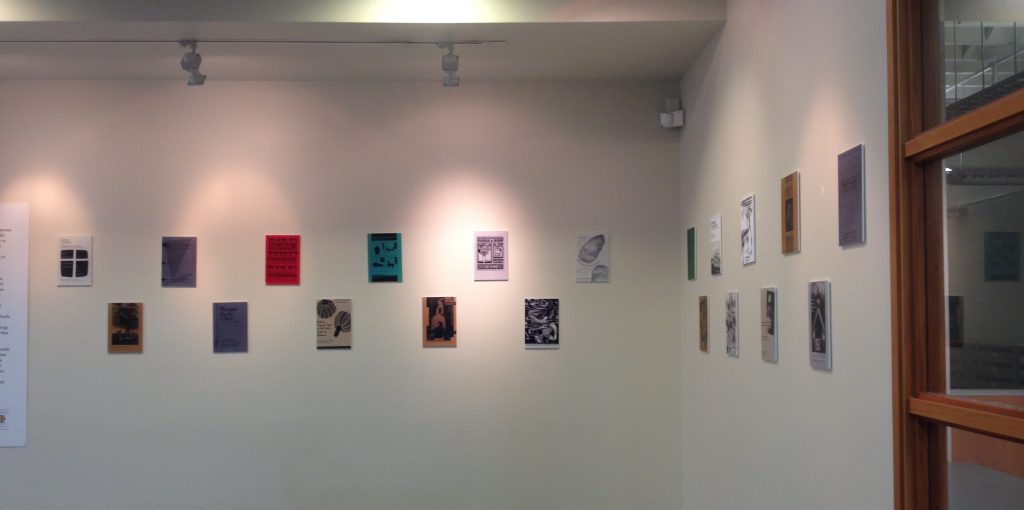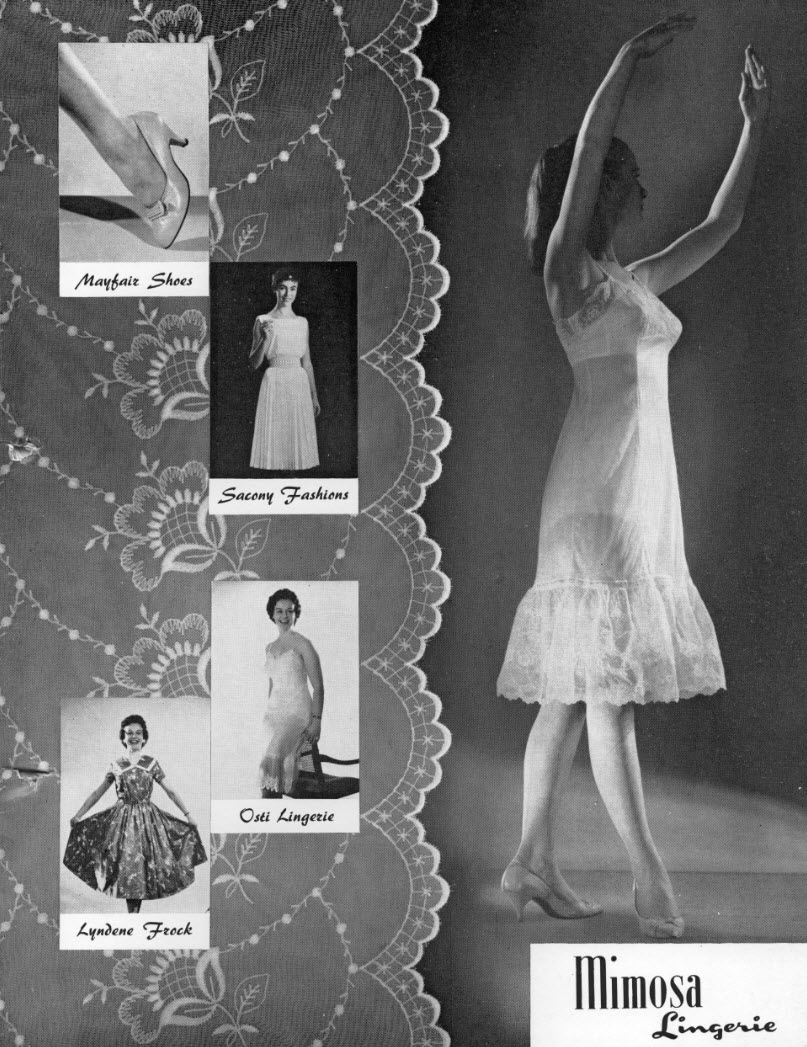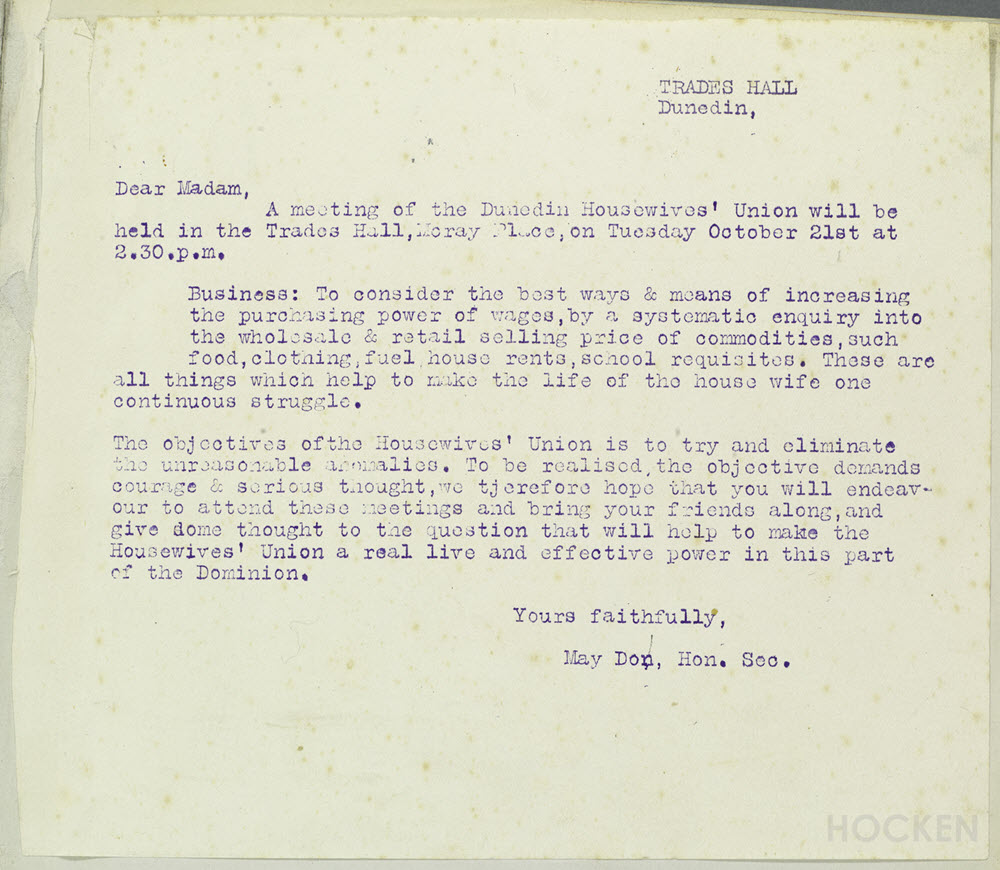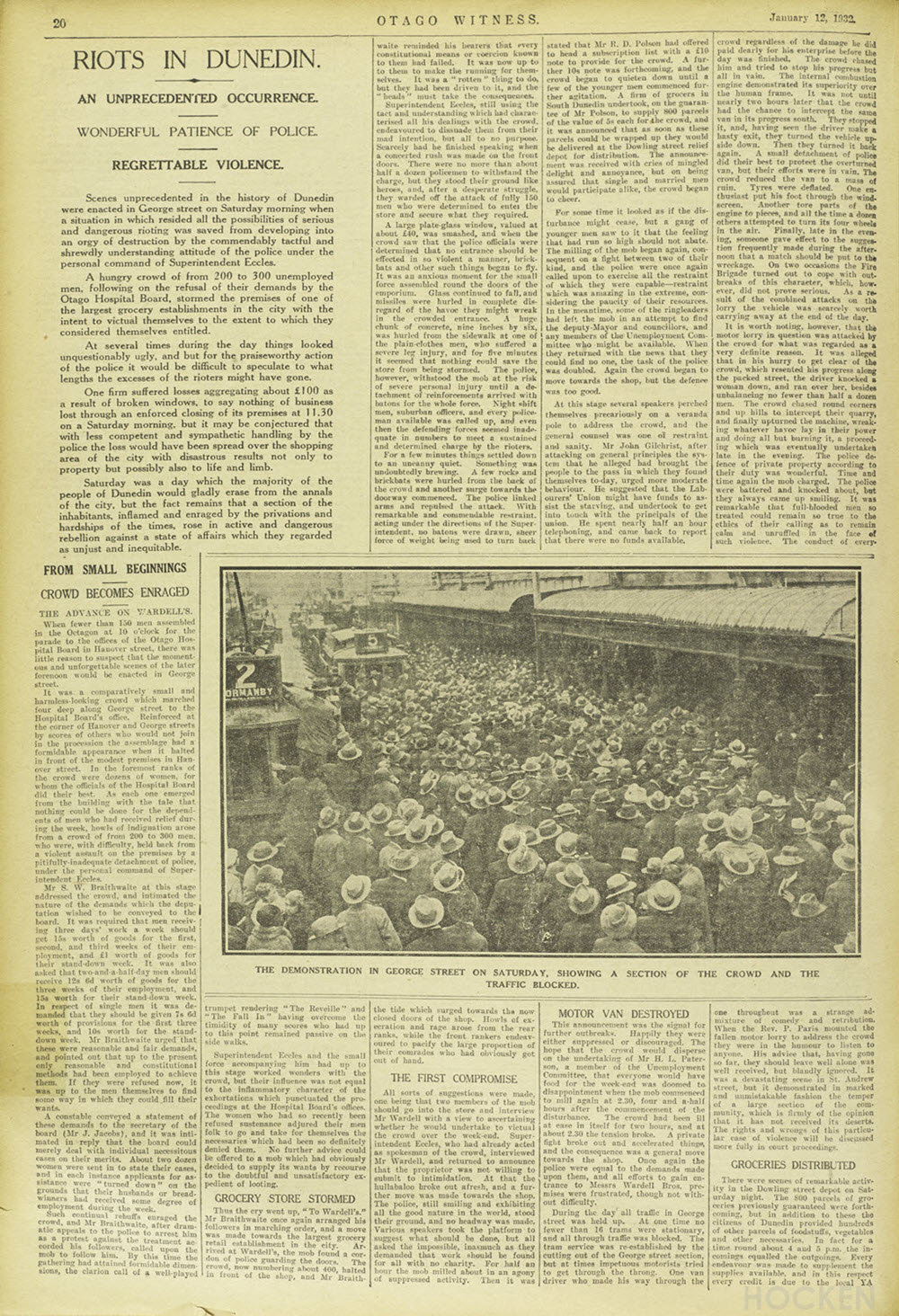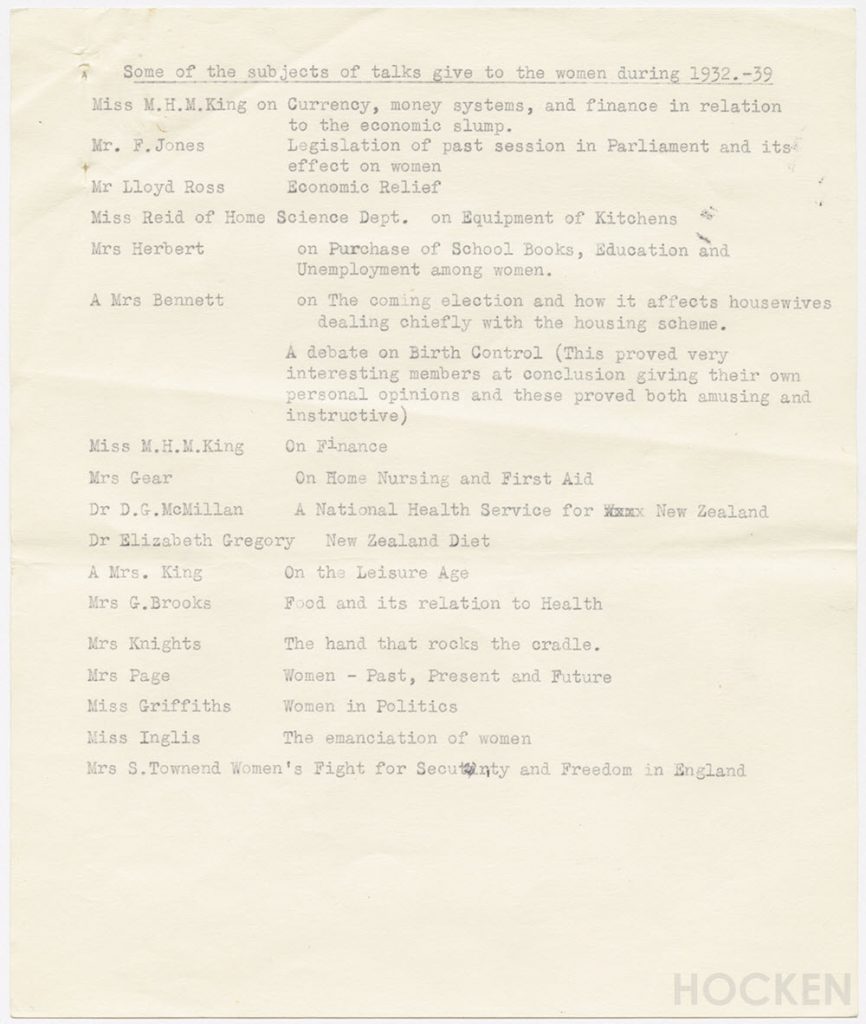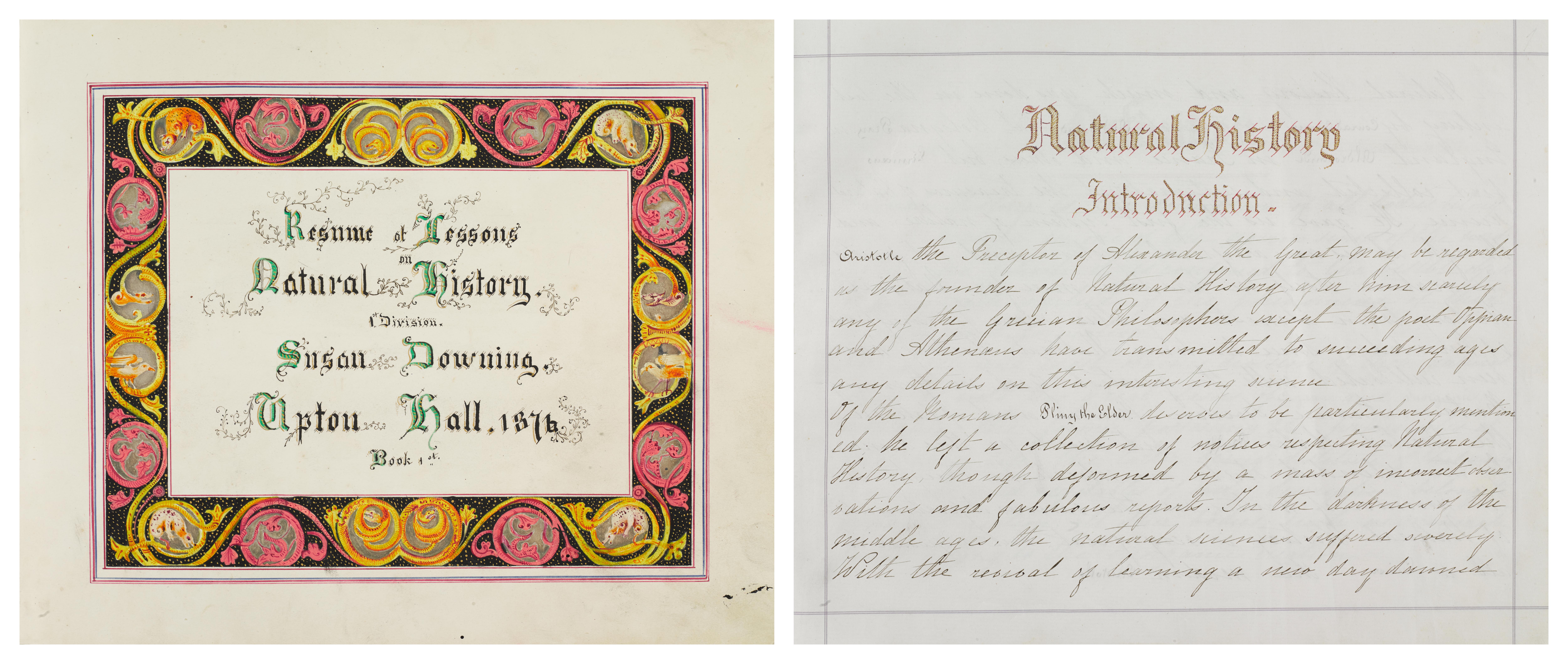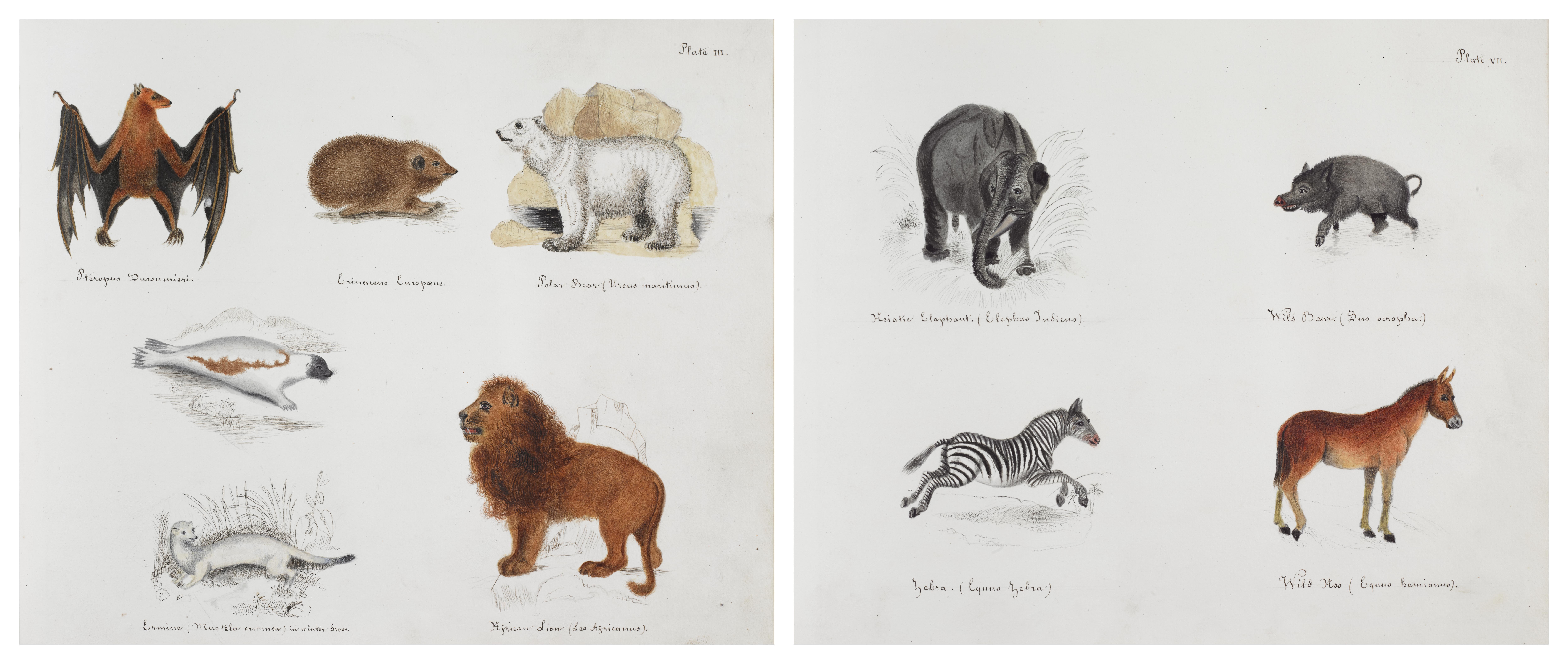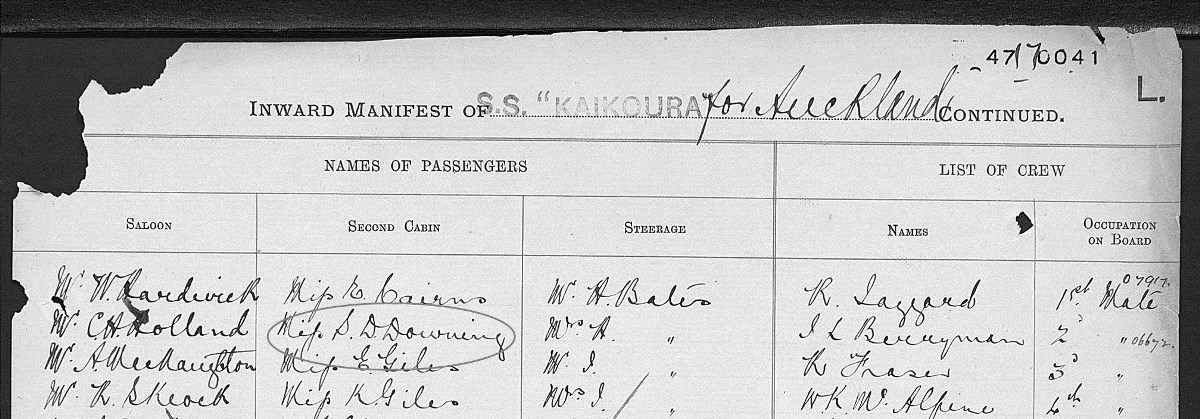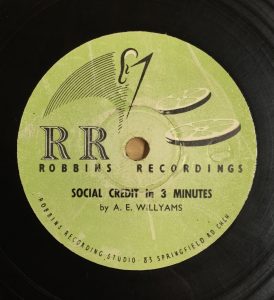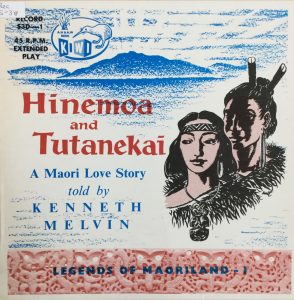Post researched and prepared by Jacinta Beckwith, Kaitiaki Mātauranga Māori.
We are getting ready for Māori New Year with a little foyer display celebrating Matariki. Down south we also celebrate Puaka (known as Puanga up north).
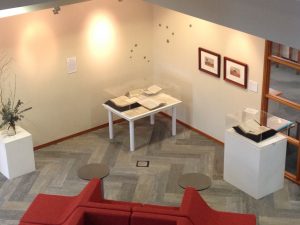
Matariki atua ka eke mai i te rangi e roa, e
Whāngainga iho ki te mata o te tau e roa, e.
Matariki rising in the broad heavens
Nourish those below with the first fruits.
For Māori, naturally occurring events were traditionally used as markers to indicate the end of one season and the beginning of the next. These markers included migration patterns of birds and fish, the flowering of plants and the movements of stars across the sky. Matariki is a star cluster that disappears below the horizon in April and whose reappearance in the pre-dawn sky around late May – early June marks the beginning of a new phase of life. In recent years, there has been increasing focus across Aotearoa on Māori New Year, usually celebrated in June and commonly referred to as Matariki.
Māori names for the star cluster are Matariki, Tupua-nuku, Tupua-rangi, Ururangi, Waipuna-ā-rangi, Waitī and Waitā. With revitalisation of Māori astronomy, recent research on Matariki suggests the cluster includes two more stars: Pohutakawa and Hiwa-i-te-rangi. Some iwi celebrate a different cluster of stars called Puanga or Puaka. Mōriori considered Puaka as the three poles that held up a whata (food storage platform). Different iwi have their own traditions and some of these have been recorded in accounts collected by Beattie and Shortland, in letters and in the Māori-language newspapers, providing insight into how Māori viewed Matariki, Puaka, and the significance of this time for agriculture. Te Wehi’s letter to the Editor of Te Waka o Niu Tirani acknowledges the marking of seasons by the stars which guided the planting of kūmara (sweet potato). John White’s letter to the Editor of Te Wananga details oral traditions relating to kūmara and cultivation. Te Paki o Matariki, the official newspaper of the Kīngitanga (Māori King Movement) used images of the seven stars in its masthead.
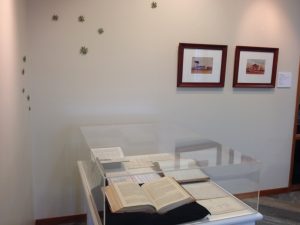
Matariki is strongly associated with the celebration of harvest, especially kūmara crops which would have been gathered and stored in specially prepared pits to ensure a year round supply. Pātaka kai (storage houses), like those illustrated by Sir William Fox, were filled with food. There was a close connection between the stars and food supplies, the visual appearance of the stars at rising were a portent of weather to come. The brighter the stars in their pre-dawn rise, the more favourable the season ahead and planting would begin in September. If the stars were hazy and closely bunched together, a cold winter was in store and planting held off until October.
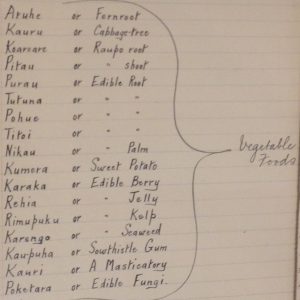
Beattie, James Herries. 1920. List of vegetable foods in Record of interviews with Maori in Canterbury, Section 15. Hocken Archives Collection, MS-0181/004.
Matariki is a time for coming together in celebration, to reflect on the past and plan for the year ahead. We gift food, share stories, remember whakapapa (genealogy) and our ancestors who have passed on. It is also a time to reaffirm principles and protocols that teach us how to live in balance with the natural world.
READING
Williams, Jim. 2013. Puaka and Matariki: The Māori New Year. Journal of the Polynesian Society, 122(1), pp. 7-20. http://dx.doi.org/10.15286/jps.122.1.7-20
Rerekura, Sam. 2014. Puanga: Star of the Māori New Year. Auckland: Sam Rerekura, Te Whare Wānanga o Ngāpuhi-nui-tonu.
Mead, Sidney M. & Neil Grove. 2001. Ngā Pēpeha a Ngā Tīpuna: the sayings of the ancestors. Wellington, N.Z.: Victoria University Press.
LIST OF ITEMS ON DISPLAY
DISPLAY TABLE
- Te Wehi. 1874. Ki a te Kai Tuhi o Te Waka Maori. Te Waka Maori o Niu Tirani. 10:19, pp. 239-240. Māori-language newspaper published by the government. Hocken Published Collections, Williams 367.
- Beattie, James Herries. 1920. Record of interviews with Maori in Canterbury, Section 15 – Vegetable Foods. Hocken Archives Collection, MS-0181/004.
- Shortland, Edward. 1850-1855. Information passed from C. Brown to W. Martin which lists some Māori names of stars in Volume containing notes on Maori language, customs and traditional history. Hocken Archives Collection, MS-0096.
- Beattie, James Herries. 1920. Record of interviews with Maori in Canterbury, Section 21 – Meteorology & Astronomy. Hocken Archives Collection, MS-0181/004.
- Leach, Helen. 1984. 1,000 years of gardening in New Zealand. Wellington, N.Z.: Reed. Hocken Published Collections.
- Spooner, Judy & Maraea Aranui. 1992. The Maori kai cookbook. Havelock North, N.Z.: Kahungunu Publications. Hocken Published Collections.
- Maori Women’s Welfare League. 1976. Recipe calendar 1977. Wellington, N.Z.: Maori Women’s Welfare League Inc. Hocken Published Collections.
PLINTH
Te Paki o Matariki. 1894. Māori-language newspaper published by the Kīngitanga (Māori King Movement). Hocken Published Collections, Variae 18.
WALL
Fox, Sir William. Rakawakaputa, P. Cooper Plains, 1848-1851. Reproduction. Watercolour, pen & ink on paper: 175 x 250mm. Dr T. M. Hocken’s Collection. Hocken Pictures Collection. View online: http://otago.ourheritage.ac.nz/items/show/4486
Fox, Sir William. Pitoni, 1850. Reproduction. Watercolour on paper: 170 x 250mm. Dr T. M. Hocken’s Collection. Hocken Pictures Collection. View online: http://otago.ourheritage.ac.nz/items/show/4490


